1.Common Audio Speaker Types
Speakers are devices used to convert electrical signals into sound, and authenticity is an essential factor when assessing speaker performance.
Based on various sound principles and internal structures, speakers can be divided into various types such as inverted, sealed, flat, horn and maze speakers; among these forms the most prevalent ones are sealed and inverted speakers. Sealer speakers use closed enclosures which reduce efficiency; an inverted speaker features circular inverted holes on its front or back panel compared with sealed speakers which do not.
Worked based on Helmholtz resonator principles, its key advantages include high sensitivity, power tolerance and wide dynamic range. Furthermore, because sound waves emitted through its back are also sent through its conductive holes for emission, its efficiency surpasses that of sealed boxes.
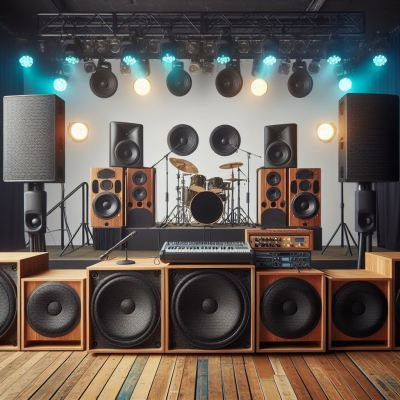
Installing the same speaker into an appropriate inverter box increases its low-frequency sound pressure by three decibels compared to placing it into a sealed box of equal volume, benefiting its low frequency performance significantly and leading to its wider adoption by many audiophiles. This factor also plays a large role in why inverter boxes have gained so much traction among their counterparts in other audio environments.
Here are some characteristics of active speakers:
Antimagnetic: Speaker magnetic fields can seriously distort television screens and computer monitors, leading to large color distortions known as magnetization. To protect monitors from damage caused by non magnetic speakers, anti magnetic speakers with no close attachment should have anti magnetic effects – even close proximity will not interfere with their viewing screens; using these special speakers typically costs more than traditional versions but may be worthwhile considering.
Full band speaker: This type of surround speaker was specifically created for multimedia active speakers to reduce costs. To do so, the X.1 channel streamlines two discrete speakers into a full band speaker that covers an expansive spectrum of sounds. Well-made full band speakers often outperform cheaper coaxial ones; however, due to human hearing restrictions it is difficult for single speakers to cover all audible frequency ranges; multiple speakers must work in harmony in order to reproduce all vocal ranges effectively. A frequency division circuit provides a solution; therefore an active speaker with dual frequency division high/low design would provide superior playback effects.
Flat Panel Speaker: Recently, flat panel speakers have become increasingly popular due to their attractive and compact appearance, along with their ability to display photos – it really cool! Flat panel speakers offer good sound uniformity and directionality; however due to structural constraints their frequency range is narrow and cannot display low frequencies such as bass frequencies; therefore they are typically combined with subwoofers instead for optimal use. Individuals who require more accurate audio should opt for tablet speakers.
USB Speaker: A USB speaker is a speaker designed to receive digital audio signals directly from a motherboard USB port and process them using its built-in D/A conversion circuit before outputting them. Opportunistically, using a USB speaker has several advantages that may improve sound quality; digital signals don’t suffer interference during transmission and have higher signal purity than analog ones. However, at the core of any USB speaker lies its D/A conversion circuit and its conversion accuracy, both of which play a significant role in its overall performance. At present, mainstream D/A conversion circuits include 16 bit and 20 bit conversions – 20 bit being preferred over 16 bit due to being harder for manufacturers to incorporate expensive modules.
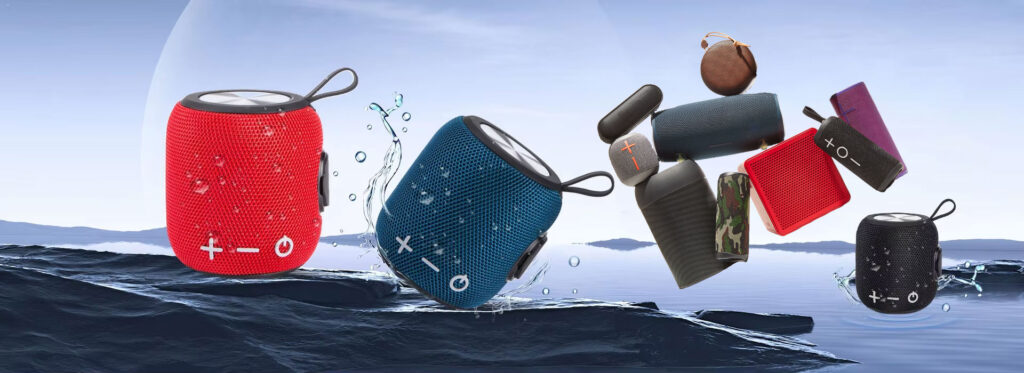
USB speakers may require increased CPU use and older motherboards don’t support USB functionality. While you could opt not to purchase a sound card when purchasing USB speakers, this would prevent implementation of hardware-required features like EAX and hard wave meters. Also, popular HiFi boxes typically don’t offer USB designs so friends with high requirements for sound quality should avoid considering USB speakers as an option.
2.Power
At first glance, sound quality and power do not correlate directly. Instead, power measures the maximum sound intensity that a speaker can produce and is responsible for creating impactful sounds from it.
Under international standards, there are two ways of labelling power: Rated Power (RMS: root mean square of sine wave) and Instantaneous Peak Power (PMPO power). Rated Power refers to the maximum electrical power necessary to drive an 8 O speaker within its rated range with a continuous analog waveform signal for a set number of repetitions without damaging it; instantaneous Peak Power is defined as maximum peak power that a speaker can endure over short duration; the latter refers to maximum sustained peak power that it can handle over short duration.
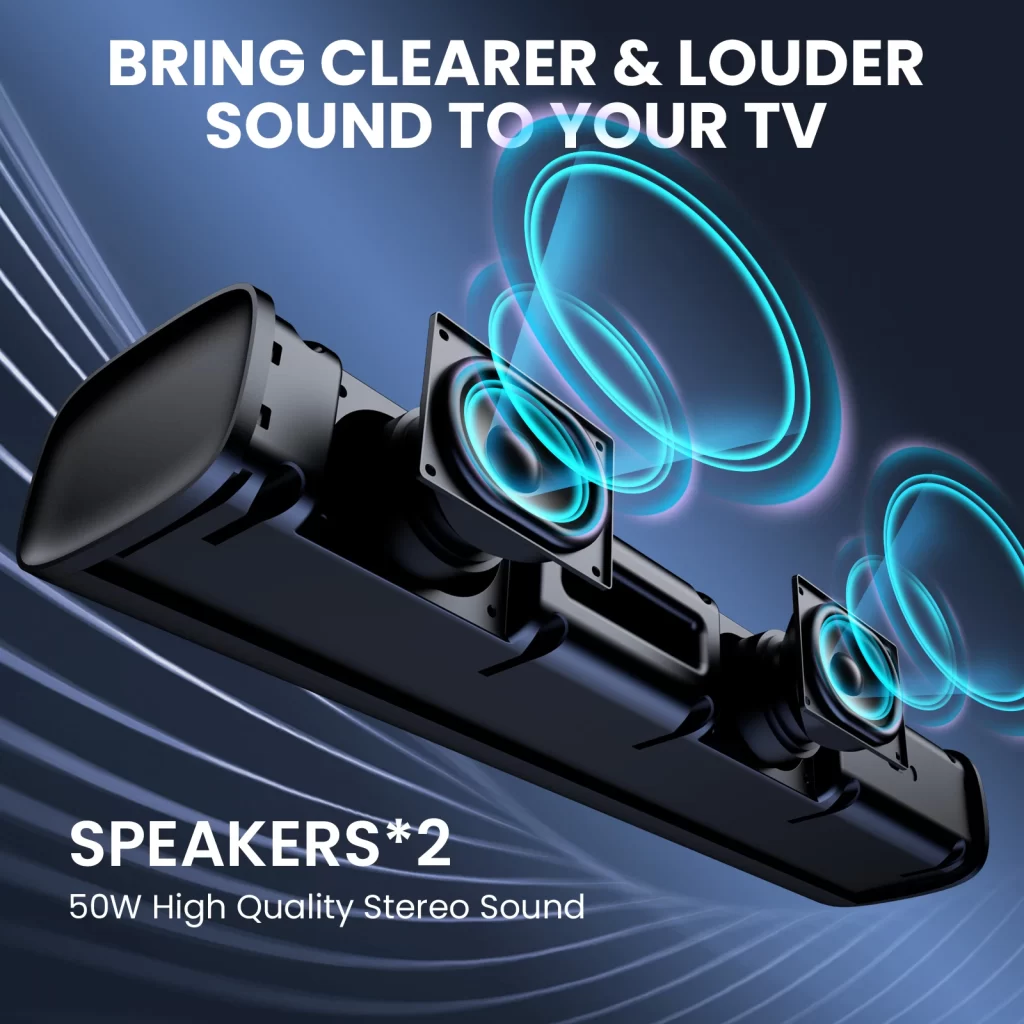
In 1974, the Federal Trade Commission of the United States set forth a power calibration standard: effective wattage measured when driving an 8 O speaker load with two channels and harmonic distortion below 1% between 20-20000Hz is considered output power; its rated power indicates this figure.
Power doesn’t always equate to better sound, though. For rooms of approximately 20 square meters for normal household users, 60W (roughly equivalent to the effective output power of two 30-watt speakers in parallel) may suffice; preferably more than double your actual output power for optimal results if your speaker’s output power is 30W; HiFi systems usually feature amplifiers capable of driving speakers at much higher levels than this threshold.
3.Frequency Range and Response Spectrum
Frequency response refers to the difference between the lowest effective playback frequency that an audio system can reproduce and its maximum effective playback frequency; and speaker sound pressure response which shows an increase or decrease with frequency when connected to an audio signal output with constant voltage; this correlation between sound pressure, phase shift and frequency (change amount) is known as frequency response measured in decibels (DB).
Audio system frequency characteristics are typically represented on an oscilloscope by using decibel scale and logarithmic scale to represent power and frequency response curve respectively. When sound power decreases by 3dB below its normal value, this point becomes the high-frequency cut-off point and low-frequency cut-off point of frequency response curve respectively; between these points lies its frequency response. Sound pressure curves with changes in frequency variation over time are called “amplitude frequency characteristics” or phase frequency characteristics; collectively referred to as “frequency characteristics”.
A key indicator in evaluating speaker performance and price, its decibel value directly affects frequency response curve shape and distortion levels, leading to improved audio quality overall and thus greater speaker performance. A frequency response curve with values below 60Hz to 18kHz+/-3dB would qualify as high performance and should provide the same kind of response in theory, 20-20000 Hz being sufficient enough for optimal speaker operation.
Sound below 20Hz may not be audible to humans, yet can still be sensed through other sensory organs. People who can sense these low frequency sounds often refer to this intensity as “bass intensity.” In order to play various musical instruments and language signals perfectly, amplifiers need to reach high fidelity goals that reproduce all harmonics of tone harmonics perfectly – therefore its frequency band must span below 20Hz to above 20000Hz.
Representing frequency responses of signal sources (such as radio heads, recording stands and CD players) varies. For instance, FM stereo broadcasting by the European Broadcasting Union specifies an FM frequency response standard of 10/-2dB between 40-15000Hz and 15kHz while International Electrotechnical Commission sets their minimum recording stand standard as 10/-2.5/-4.5dB at 40-12500Hz in their recording stands – although actual achievable indicators often exceed this value.
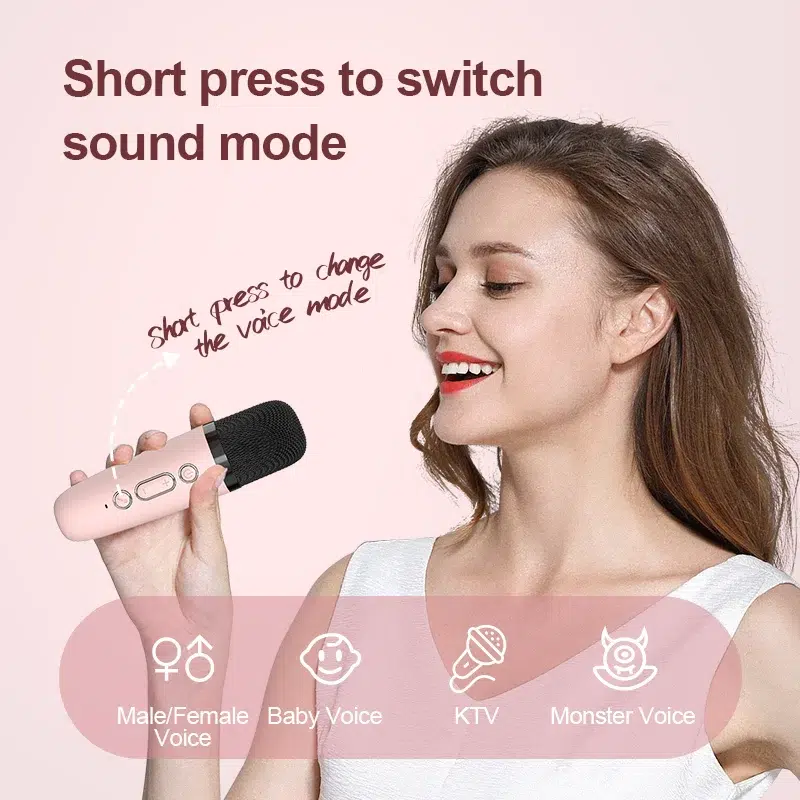
CD players typically offer an upper frequency response limit of 20000Hz and their low-frequency end can drop as low as a few hertz, contributing to their superior playback quality.
But sound is made up of multiple elements with complex harmonic components; generally speaking, the wider the frequency range, the better it sounds. Still, mid to low range multimedia speakers tend to do quite well with this method of reproduction.
As we commonly see when discussing frequency response, there are usually two terms related to labeling its frequency response: system frequency response and amplifier frequency response. Since “system frequency response” range is always smaller than amplifier frequency response range, labeling only “amplifier frequency response” would only serve to confuse consumers further.
Nowadays, speaker manufacturers tend to label the frequency response range of their systems too broadly, without much difference between high and low frequencies. Unfortunately, labeling on low-frequency ends can be extremely inaccurate: for example, HiFi speakers often only mark 4 or 50Hz while domestic wooden speakers of two or three hundred may label this data. Therefore, I warn everyone that true low-frequency sounds must be heard with one’s ears before trusting any brochure values as stated therein.
Multimedia speakers typically specialize in playing MP3 or CD music, songs, game sound effects, background music and human and environmental sound effects from movies – typically mid to high frequencies – making selection of a multimedia speaker even more important than its low frequency performance. For optimal cinematic effect, however, investing in a powerful subwoofer might meet these demands perfectly.
4. Loudness
Sound intensity can be defined as sound pressure fluctuations that change rapidly over time; however, human ears do not perceive intensity consistently with objective actual intensity levels; loudness measures these subjective perceptions by taking into account ratios between 1000Hz sounds at various intensities with various logarithmic values and decibel measurements (Db).
Logarithmic values are used because their increase in intensity and loudness is not proportional, but instead follows a relationship between truth and logarithm. For instance, when increasing sound intensity by 10 times only results in one level louder (10dB), while increasing it by 100 times results in two level louder (20dB).
At 1000Hz sound signals, humans can perceive noise levels between 2x10E-5Pa and 130dB without discomfort to the human ear – this range represents human auditory perception from 0-130dB.
People respond differently to sounds with equal intensities but varying frequencies; higher sound pressure levels tend to lead to flatter auditory frequency characteristics, whereas lower ones narrower them; this also applies to frequencies between 16-20Hz and 18-20KHz which cannot be heard by human ears regardless of how loudly played back.

Human auditory frequencies range from 20Hz-20KHz; this range is commonly known as audio or sound frequency. No matter what sound pressure level may exist, humans are particularly sensitive to sounds between 3KHz-5KHz; as most people cannot perceive changes below 3dB quickly, that threshold often serves as a guideline when changing frequency response curves in audio systems.
5.Distortion Degree
There are three forms of distortion: harmonic distortion, intermodulation distortion and transient distortion. Harmonic distortion refers to the addition of high-order harmonic components that were not present in the original signal during playback; intermodulation distortion mostly affects pitch aspect of sound; transient distortion occurs due to speaker having inertial mass that prevents it from keeping pace with changes in electrical signal vibration, leading to differences between original signal tone and playback tone.
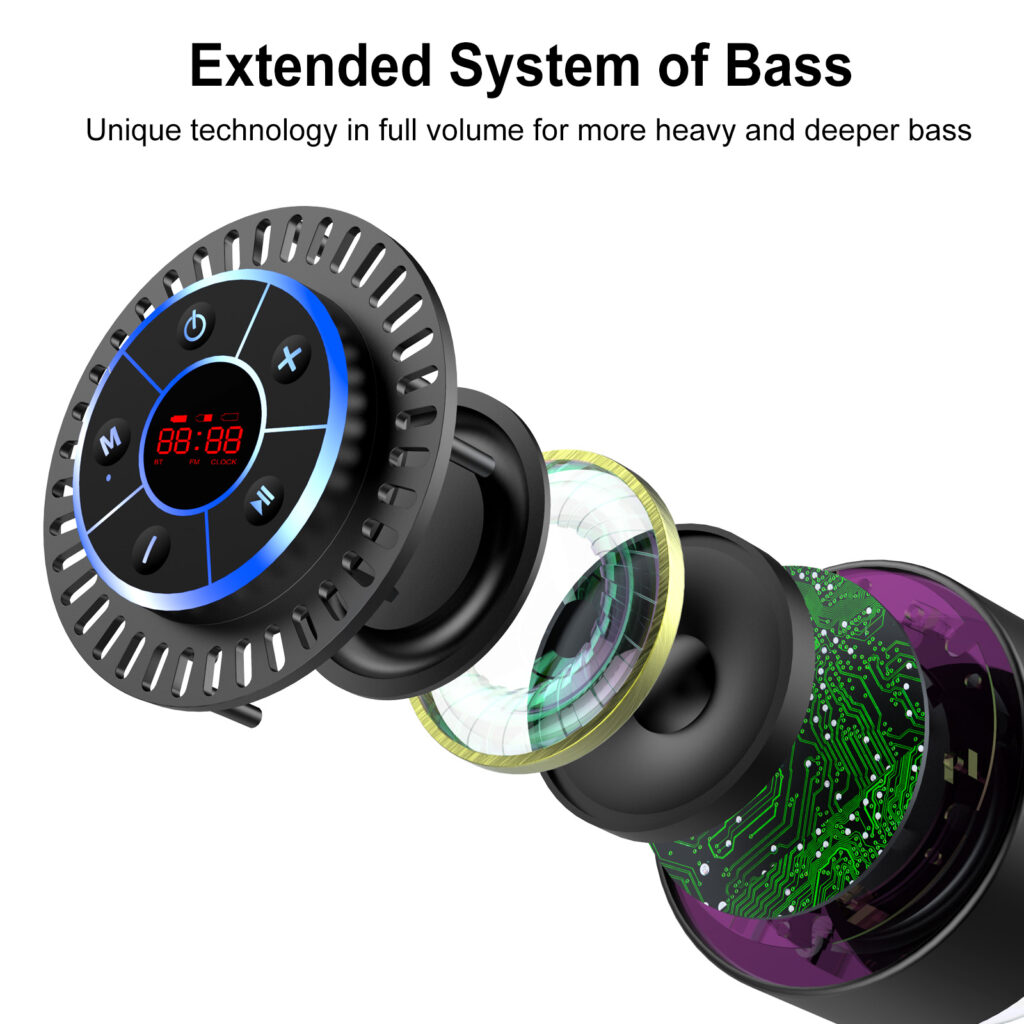
As it directly influences sound reproduction quality, distortion levels in speakers and speaker systems play a pivotal role in their quality. Distortion rates should generally fall below 0.5% while subwoofer distortion should generally fall within 5-6% tolerance limits for acceptable operation.
6.Sensitivity of the speaker (unit:Db).
Every three dB difference in speaker sensitivity results in doubled sound pressure output; however, increasing sensitivity leads to increasing distortion; therefore for high fidelity speakers to ensure effective reproduction of sound reproduction capabilities and capabilities, it must reduce certain requirements for sensitivity requirements.
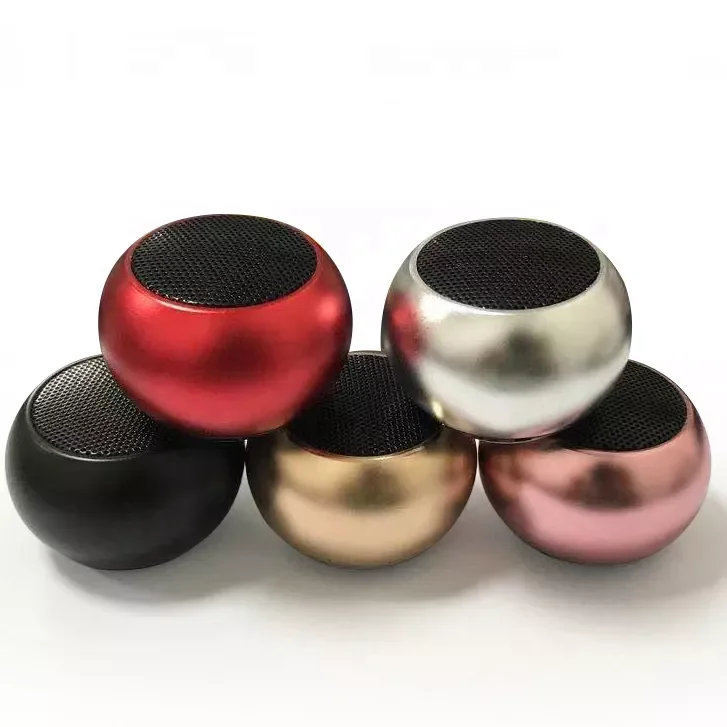
But it does not follow that speakers with higher sensitivity always produce poorer sound quality than speakers with lower sensitivity, or that amplifiers with low sensitivity require large reserve power in order to drive such speakers successfully. Although sensitivity serves as an indicator, its relationship to sound quality remains obscure.
7.Impedance
This term refers to the ratio of voltage to current in an input signal of a speaker’s speaker system. Impedance levels typically fall into two categories – high (above 16O), and low (8O). Impedance levels on speakers typically average 8 O, although when considering both power amplifier and output power are equal, speakers with lower impedance may achieve higher output power, although too-low impedances could lead to underdamping and bass degradation – an indicator not related directly to performance of a speaker; for this reason it is advised not to purchase low impedance models (the recommended value being 8 O). Headphone impedance typically falls above 32 Ohm.
An amplifier’s impedance can generally be described by its equivalent impedance; for instance, 130W output at 4 Ohm is approximately equivalent to an 80W equivalent output. Sometimes confused with this term is “damping coefficient”, which refers to the impedance of speaker divided by internal resistance of amplifier source – generally between 25-1000 Ohm.
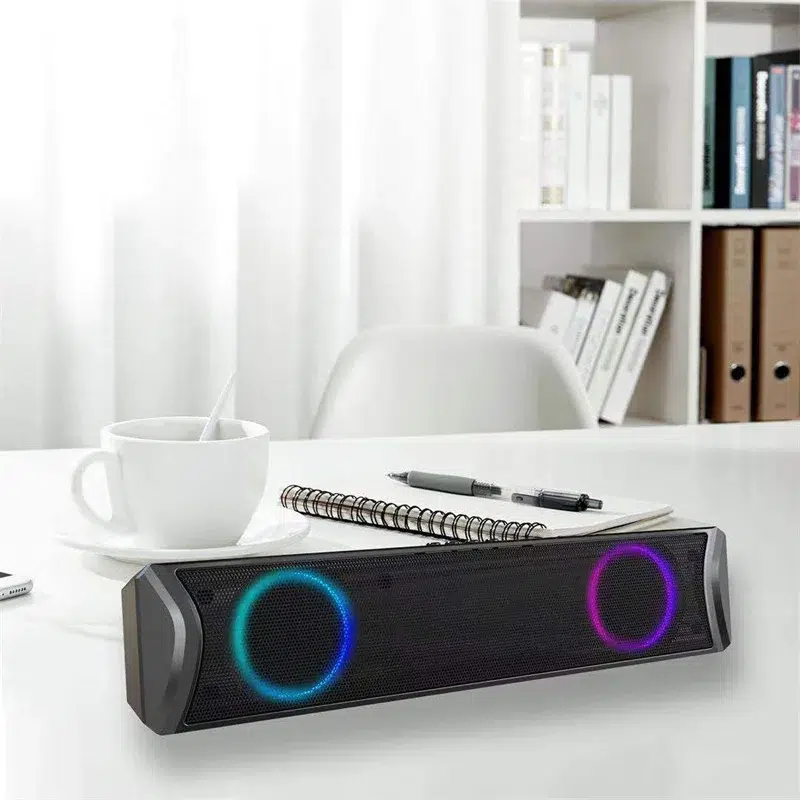
Before the speaker tray can stop swinging after electrical signal has disappeared, multiple oscillations must occur before it can finally stop swinging; damping is achieved via voltage and magnetic fields generated by coil.
The damping effect, or amplitude of current, depends on the internal resistance of an amplifier output stage through which current flows. This resistance is typically far lower than its rated impedance of speakers – typically 0.10 O – however due to series resistance between speaker voice coil and frequency divider network series resistance it may be difficult to achieve an adequate damping coefficient of 50.
8.Signal to Noise Ratio
Signal-to-noise ratio, also referred to as Db, refers to the ratio between normal sound signals played back by speakers and any noise generated when there is no signal present, measured in decibels (dB). A common tape recording stand boasts a 50dB signal-to-noise ratio value, which indicates output signal power is 50dB higher than noise output power – higher value signals mean less noise levels overall.
International Electrotechnical Commission’s minimum requirement for signal-to-noise ratio is that preamplifier must exceed or equal 63dB; post amplifier must exceed or equal 86dB; combined amplifier should exceed or equal 63dB.

An optimal signal-to-noise ratio for combined amplifiers should exceed 90dB; radio head: 50dB for FM stereo (actually it should reach at least 70dB); magnetic tape recorders usually offer 56dB of regular tape noise reduction before Dolby noise reduction was implemented, but after Dolby noise reduction the ratio had significantly improved; after denoising by Dolby B or C the signal-to-noise ratio reached 65dB and 72dB (both when using normal band); CD players could reach over 90dB with high end models reaching over 10dB noise level!
As soon as the signal-to-noise ratio drops below 80dB, noise becomes noticeable whenever small signals are input; sound across all frequencies becomes cloudy and unclear – an unacceptable condition! Therefore, speakers with signal-to-noise ratios below this level should not be purchased; similarly subwoofers with signal-to-noise ratios of 70Db should also not be purchased for similar reasons.
9.Speaker Material
Low end plastic speakers lack sound quality due to their thin casing and inability to overcome resonance (not entirely accurate; well designed plastic speakers can still outshone inferior wooden models); wooden speakers reduce sound distortion caused by resonance more effectively, offering better overall audio quality than plastic models.
Multimedia speakers typically employ two-way division, in which one smaller speaker handles mid to high frequencies while a larger one handles mid to low frequencies.
When selecting speakers, materials should be a consideration: multimedia active speakers feature high-frequency units made primarily of soft ball tops – as opposed to titanium film ball tops used with analog audio sources – which, combined with digital sources, reduce the stiffness of high-frequency signals for an effortless listening experience.

Multimedia speakers today are typically made of high-grade silk film or PV film with soft ball tops, for increased sound quality.
The bass unit of any speaker determines its sound characteristics, making its selection essential. Common options for bass units are listed here.






